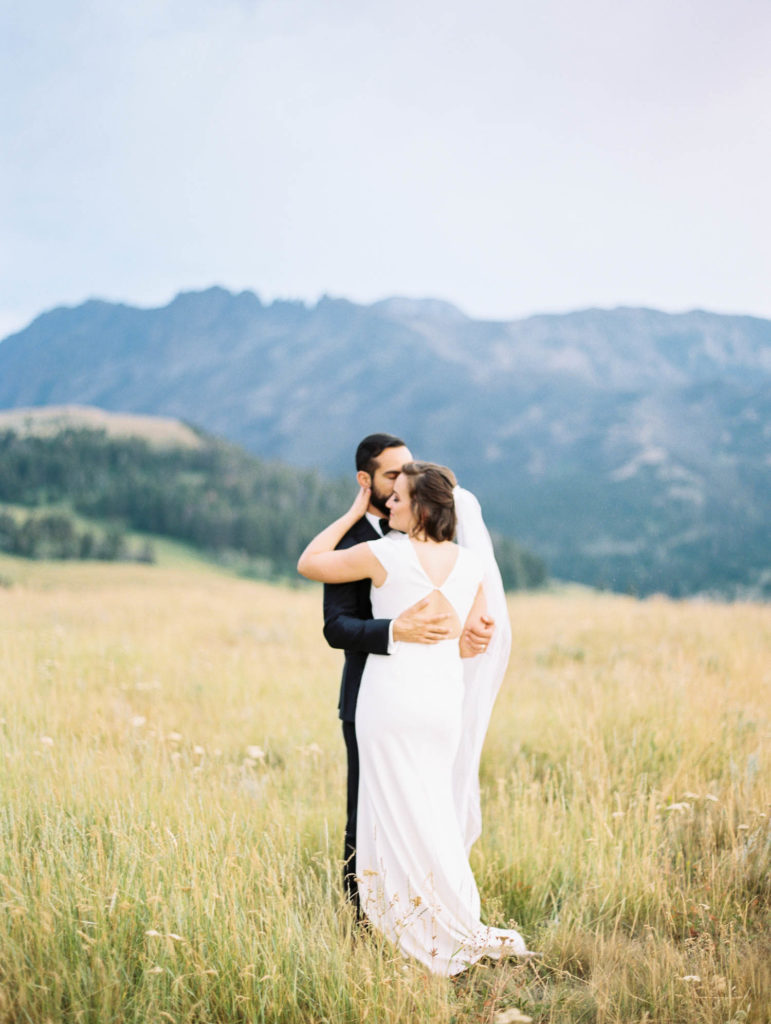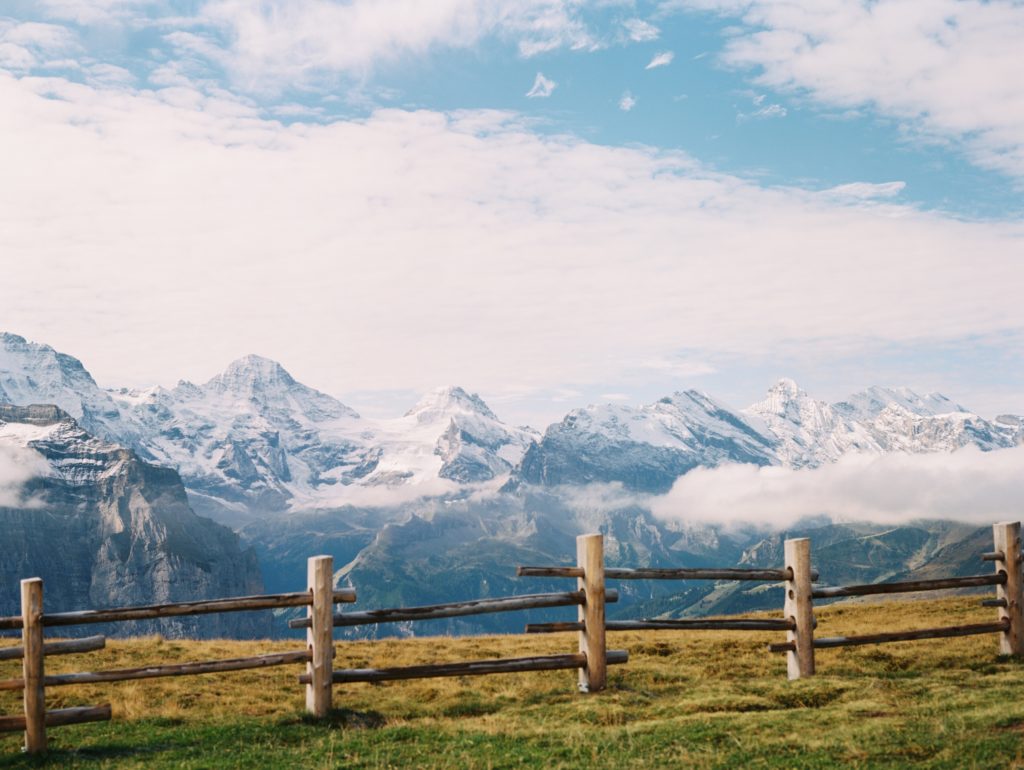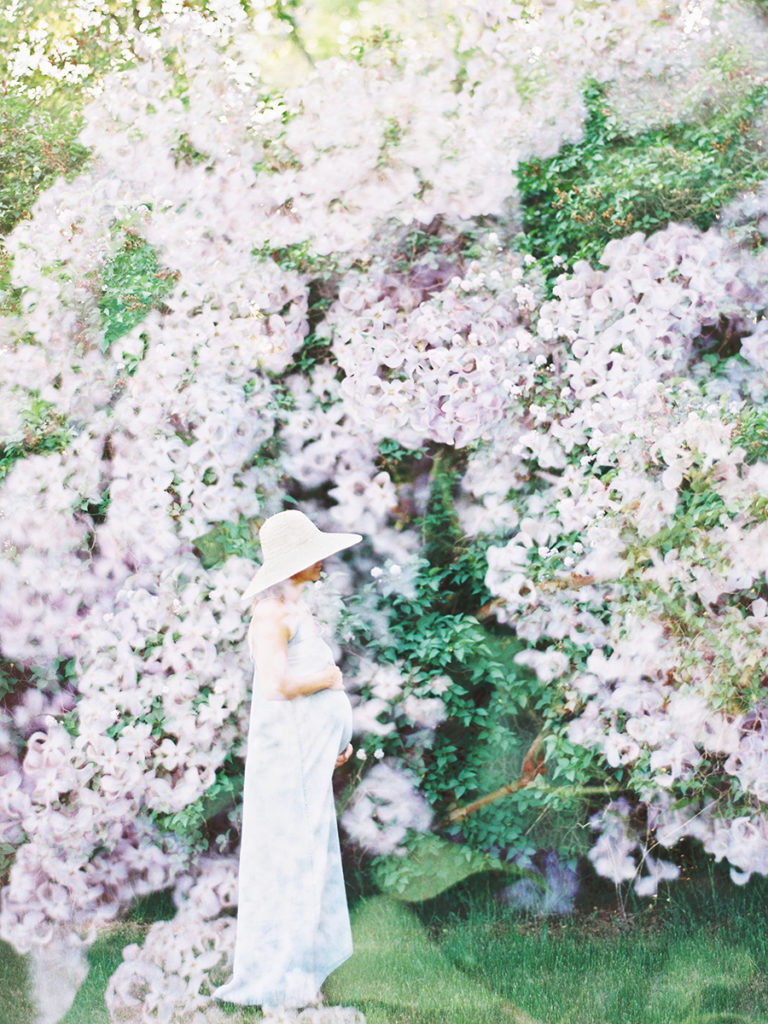We’ve talked about 35mm gear before…now it’s time to cover medium format cameras for those wanting to delve into the world of 120! In this three part series, we’ll be highlighting the most commonly used medium format cameras. First up: 645 cameras! “645” refers roughly to the size (in centimeters) and ratio of images shot on this type of camera: 645 cameras shoot images that are roughly 6×4.5 centimeters. If you’re wondering where to buy one of the cameras listed below, check out our post about buying used gear here.

Susan K Adams | Portra 400 | Pentax 645n
Pentax 645n or Pentax 645nii
Why we love it:
- Autofocus confirmation (with or without an autofocus lens when focusing in the center)
- Affordable (a body + a manual lens can be purchased for as low as $650)
- Pentax 645n and 645nii are so similar that you can choose the least expensive option and be safe knowing you have a good camera
- Camera dials and gears are really user-friendly
- Easy to repair, have serviced, and parts are accessible
- Takes AA batteries and rechargeables are available
- Typically has a great internal metering system
Things to watch out for:
- Possible shutter issues
- It only has inserts and no interchangeable backs
- Must to be conscientious of film flatness IF you are manually converting a 220 insert to be used with 120 film
- Focus confirmation only works in the middle of the frame, so if you use the focus confirmation and are shooting at a wide open aperture and recompose, it might be out of focus if the subject isn’t in the middle of the frame

Noelle Reynolds | Ektar 100 | Mamiya 645 Pro TL
Mamiya 645 Pro-TL (or any of the Mamiya Pros)
Why we love it:
- Affordable medium format film camera (body and lens together can be purchased for as little as $550)
- AFD series has autofocus and depending on the condition starts at $1500
- Ability to have multiple backs to easily switch out shooting two different film stocks during a session
- 1.9mm lens has great bokeh
Things to watch out for:
- The non-AFD series can feel really dark when trying to focus…adding a bright screen will help some but this camera’s focusing screen is darker than other cameras
- The 1.9 lens, while great, is hard to nail the focus on most bodies (except the Pro-TL)
- AFD’s have warped ground glasses but were all calibrated when they left the factory, so if you upgrade or change the ground glass and don’t have it calibrated, you’ll have some focusing issues

Simply Rosie Photography | Fuji 400H | Contax 645
Contax 645
Why we love it:
- Zeiss glass–hands down the best lenses on the market
- Camera dials and gears are really user-friendly
- Autofocus is reliable but slow
- Typically has a great internal metering system
Things to watch out for:
- Expensive (thousands vs. hundreds of dollars)
- Fickle…this is a camera where you need to know the camera manual inside and out and have the ability to troubleshoot
- Battery hog and the batteries are expensive –colder temperatures are really taxing on batteries -It’s best to have a few extra pairs of batteries on hand for replacement
- Does not do well when exposed to any kind of elements — the one thing we hear all the time is “I turn my camera on but nothing is happening” or, “my shutter is lagging” which happens because the contact areas under the prism can get dirty very easily causing the communication of the camera to malfunction
There you have it! Pros and cons for the most common 645 cameras! Stay tuned for our posts about 6×6 medium format cameras and 6×7 medium format cameras in the next few weeks!